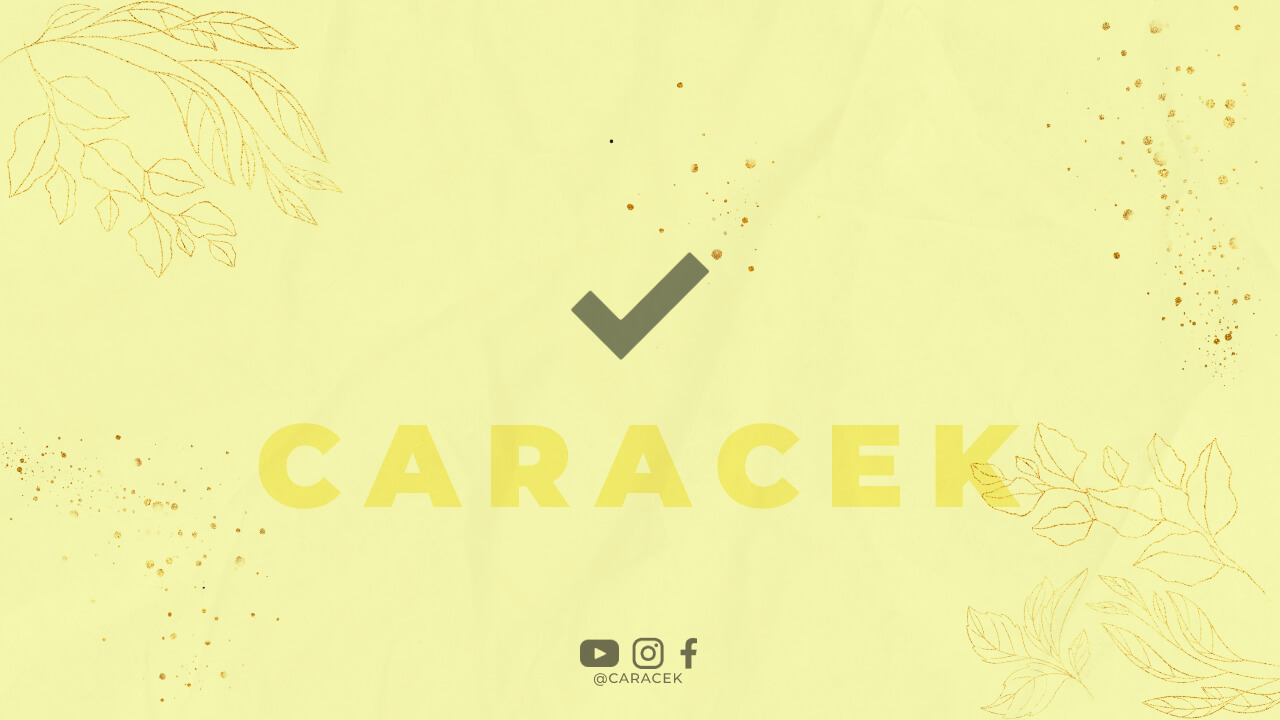Introduction
Learning a new language can be a daunting task, especially when it comes to understanding grammar rules and verb conjugations. In Indonesian, mastering verb 2 teaches is crucial for effective communication. By understanding the verb 2 form, you can express past actions accurately and confidently. In this article, we will explore the concept of verb 2 teaches in Indonesian grammar and provide you with useful tips to improve your language skills.
What is Verb 2?
In Indonesian, verb 2 is the form used to express past actions. It is equivalent to the past tense in English. Understanding how to form verb 2 correctly is essential for constructing meaningful sentences in Indonesian.
How to Form Verb 2
Forming verb 2 in Indonesian is relatively straightforward. Most verbs follow a regular pattern, where the verb root is modified to indicate the past tense. The general rule is to add the prefix “me-” or “di-” to the verb root, depending on the verb type.
1. Verbs with the prefix “me-“
For verbs that start with consonants, the prefix “me-” is added directly to the verb root. For example:
– Makan (to eat) becomes “makan” in verb 2: Saya makan (I ate).
– Minum (to drink) becomes “minum” in verb 2: Dia minum air (He drank water).
2. Verbs with the prefix “di-“
For verbs that start with vowels or the letter “h”, the prefix “di-” is used instead. Here are some examples:
– Hidup (to live) becomes “hidup” in verb 2: Mereka hidup bahagia (They lived happily).
– Ambil (to take) becomes “diambil” in verb 2: Buku itu diambil oleh anak tersebut (The book was taken by the child).
Common Irregular Verb 2 Forms
While most verbs follow the regular pattern, there are a few irregular verb 2 forms that you need to be aware of. Here are some examples:
– Pergi (to go) becomes “pergi” in verb 2: Kami pergi ke pantai (We went to the beach).
– Lihat (to see) becomes “lihat” in verb 2: Saya melihat film kemarin (I saw a movie yesterday).
Using Verb 2 in Sentences
Now that you understand how to form verb 2, let’s explore how to use it in sentences.
1. Simple Sentences
In simple sentences, verb 2 is used to express past actions. Here’s an example:
– Saya makan nasi kemarin (I ate rice yesterday).
2. Negative Sentences
To form a negative sentence in verb 2, simply add “tidak” before the verb. For example:
– Mereka tidak datang ke pesta itu (They didn’t come to the party).
3. Question Sentences
In question sentences, the verb 2 form is placed at the beginning of the sentence. Here’s an example:
– Apakah kamu melihat film tadi malam? (Did you watch a movie last night?)
Practice Makes Perfect
Mastering verb 2 teaches requires practice. Here are some tips to improve your skills:
1. Practice with Flashcards
Create flashcards with different verb roots and their corresponding verb 2 forms. Test yourself regularly to reinforce your memory.
2. Engage in Conversations
Participate in conversations with native speakers or language exchange partners. Use verb 2 forms to describe past experiences and ask questions.
3. Read Indonesian Texts
Read books, articles, or news in Indonesian to expose yourself to various verb 2 forms used in context. Pay attention to how native speakers construct sentences.
Conclusion
Mastering verb 2 teaches is a crucial step in becoming proficient in Indonesian grammar. By understanding the rules and practicing regularly, you will gradually improve your language skills and express past actions accurately. Use the tips provided in this article to enhance your learning journey and unlock the doors to effective communication in Indonesian.

